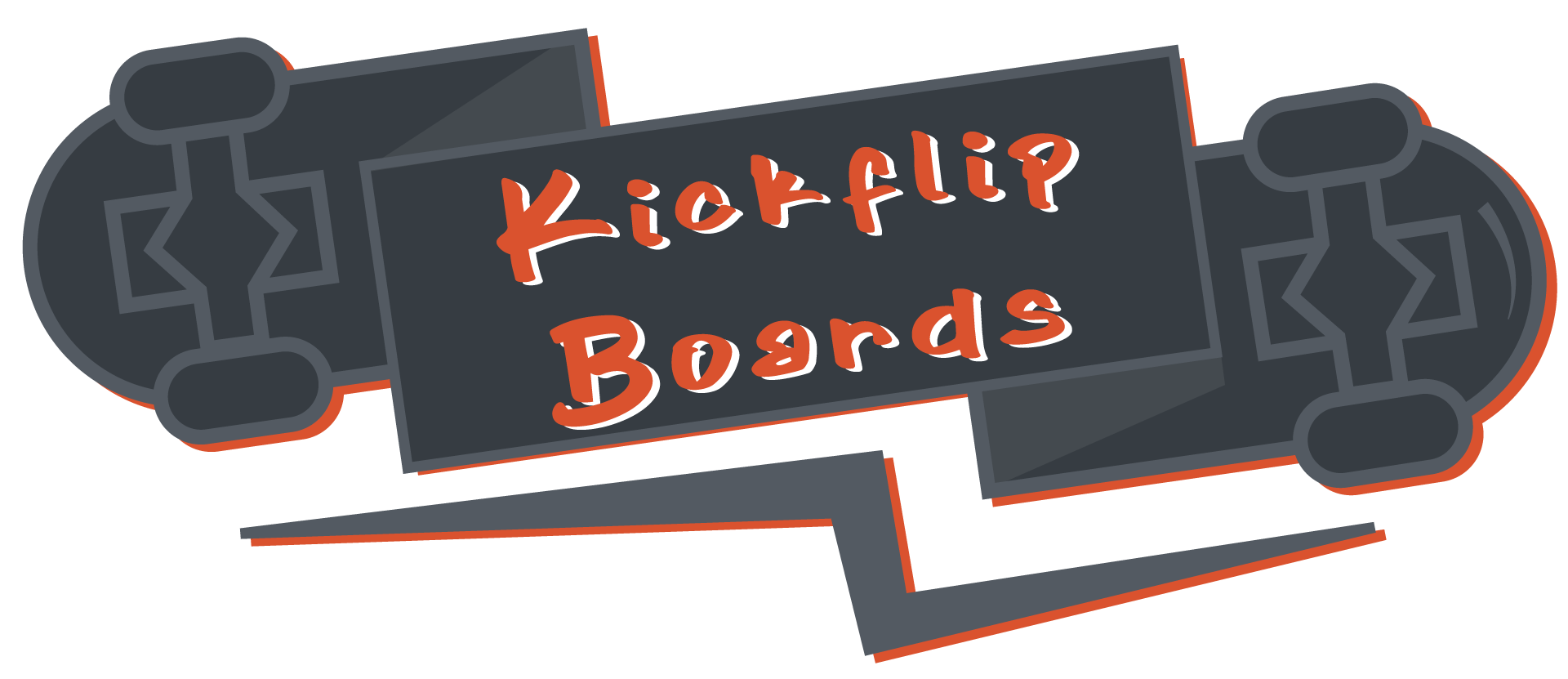Skateboarding is more than just a hobby—it’s a way of life, a form of art, and a test of skill. Whether you’re a seasoned pro or just starting out, one thing remains constant: a proper warm-up is essential to maximize performance, reduce injury risk, and elevate your overall experience on the board. But with so many options out there, it can be overwhelming to figure out which exercises are truly effective. That’s where this guide comes in—to provide you with the ultimate skateboarding warm-up routine designed for every skill level. From dynamic stretches to targeted strength training, we’ll cover everything you need to feel your best before hitting the pavement. Let’s dive in and discover how to prepare your body and mind for the ride ahead.
Key Takeaways
- Skater Stretches Improve Flexibility: Essential for reducing injury risk and enhancing mobility.
- Dynamic Stretching Boosts Balance: Crucial for executing tricky moves with stability.
- Thigh Slapping Fuels Performance: Increases energy and sharpens mental focus.
- Splits Require Proper Form: Mastering this move with a good warm-up is key.
- Prevent Injuries with Stretches: Prepare your body for the demands of skateboarding.
- Enhance Body Awareness: Better control and balance during tricks.
- Mental Readiness Through Ritual: A focused state before hitting the board.
- Complete Warm-Up Routine: Combines physical exercises and mental preparation.

How to Warm Up Before Skateboarding
Warming up before skateboarding is essential to prevent injuries and improve performance. Here’s a step-by-step guide to getting ready:
- Dynamic Stretching – Start with light movements like arm circles, leg swings, and torso twists. Stretch your shoulders, elbows, and wrists to prepare your body.
- Jumping Jacks – Begin with 30 seconds of jumping jacks to get your heart rate up and increase blood flow to your muscles.
- Arm Circles – Rotate your arms in circles forward and backward to loosen up your shoulders and elbows.
- Leg Swings – Swing your legs forward and backward while standing or sitting down. Focus on your hamstrings and hip flexors.
- Torso Twists – Gently twist your torso side to side to loosen your core muscles.
- Balance Practice – Stand on one foot and shift your weight to the other side. Practice for 30 seconds on each foot to improve stability.
- Light Skateboarding Sessions – Ride your board at a slow pace around a safe area to get a feel for the board and warm up your muscles.
- Yoga or Pilates – Incorporate gentle yoga or pilates moves to improve flexibility and strength.
- Deep Breathing – Take a few minutes to breathe deeply to calm your mind and reduce stress before starting.
For a more intense warm-up, consider incorporating some of these skateboard maintenance tips to ensure your board is ready for the session. Always remember to stay hydrated and listen to your body’s signals. A proper warm-up routine will help you stay injury-free and maximize your skateboarding experience!
What are 5 warm-up exercises?
- Jumping Jacks – A fundamental exercise to increase heart rate and get the blood flowing.
- High Knees – Enhances leg mobility and improves running speed.
- Arm Circles – Stretches and strengthens the shoulder and chest muscles.
- Bodyweight Squats – Great for leg strength and flexibility.
- Planks – Essential for core engagement and stability during physical activities.

Best Exercise for Skateboarding
Skateboarding requires a unique combination of strength, agility, and coordination. To enhance your skills, incorporate these exercises into your routine:
Strength Training
- Pull-Ups : Build upper body strength essential for grabs and manual controls.
- Push-Ups : Strengthen your chest and triceps for ollies and poppers.
Core Workouts
- Plank : Engage your core for better balance and stability.
- Russian Twists : Improve hip mobility and torso rotation.
Balance & Coordination
- Single-Leg Balance Drills : Practice standing on one foot for improved stability.
- Ladder Drills : Enhance quick foot movements and coordination.
Flexibility
- Static Stretching : Post-workout stretches to prevent injuries and improve flexibility.
Cross-Training Ideas
- Surfing : Boost endurance and reflexes through wave riding.
- Mountain Biking : Develop leg strength and body control.
Nutrition Tips
- Maintain a balanced diet rich in protein, carbs, and healthy fats to fuel your sessions.
Recovery
- Get adequate sleep and consider massage therapy to aid muscle recovery.
For more insights, explore our Fitness Guide and shop our Equipment Collection .

What is a Skater Stretch?
A skater stretch is a dynamic and static stretching exercise commonly used in figure skating to enhance flexibility, balance, and muscle coordination. It involves specific movements that target the legs, hips, and lower back, preparing the body for optimal performance during training or competition.
How to Perform a Skater Stretch:
- Static Stretch (Cool Down)
- Sit on the floor with one leg extended straight in front of you.
- Bend the other knee towards your chest, placing the sole of your foot against your inner thigh.
- Lean gently forward towards your extended leg, keeping your back straight.
- Hold this position for 20-30 seconds, then switch sides.
- Dynamic Stretch (Warm-Up)
- Start standing with your feet shoulder-width apart.
- Hug your knees to your chest, then extend one leg straight in front of you.
- Lower your upper body towards the extended leg, keeping your back straight.
- Return to the starting position and repeat for the other leg.
Benefits of Skater Stretches:
- Enhances flexibility in the hamstrings, quadriceps, and hip flexors.
- Improves balance and coordination essential for figure skating moves.
- Reduces risk of injuries by preparing the muscles for activity.
Variations:
- For advanced skaters, you can add arm movements to integrate core engagement.
- Modify the intensity by adjusting the duration or frequency of the stretches based on individual needs.
Skater stretches are a vital part of any figure skating routine, helping athletes achieve peak performance and prevent injuries. Always warm-up before performing dynamic stretches and cool down properly after static stretches to maximize effectiveness.
Why Do Skaters Hit Their Thighs?
Skaters often hit their thighs before performing as part of their preparation process. This action serves multiple purposes:
- Physical Preparation : Hitting the legs can increase blood flow and pump up energy, mimicking a warm-up routine common in many sports. It helps the skater feel more alive and ready for the performance.
- Mental Focus : The motion can act as a mental trigger, helping the skater center their attention and enter a focused state necessary for executing tricks and maneuvers accurately.
- Body Awareness : By slapping their thighs, skaters can better sense their body’s position in space, ensuring their stance and balance are optimal for the task at hand.
- Ritual and Routine : Hitting the legs can be a personal ritual, signaling readiness and helping the skater transition into a performance mindset.
- Communication with the Board : In some cases, this action may also serve as a subtle signal to the board, indicating the skater is prepared to engage in the ride.
This practice highlights the unique blend of physicality, psychology, and routine that skaters employ to enhance their performance.

How to Get the Splits
To perform the splits, follow these simple yet effective steps:
- Sit Back and Lean Forward : Start by sitting down comfortably on the floor with your legs extended straight in front of you. Then, lean slightly backward until you feel a gentle stretch in your hamstrings.
- Pop the Toes : Gently press the balls of your feet against the ground and push your hips forward to engage your core muscles.
- Lower Your Knees : Slowly bend your knees toward your chest, keeping your upper body upright and your gaze forward.
- Hold the Position : Maintain this pose for 20-30 seconds, focusing on the stretch and flex in your hamstrings and glutes.
For a deeper stretch and better control, consider incorporating these tips:
- Warm-Up : Always warm up before attempting splits to prevent injury and improve flexibility.
- Practice on Soft Surfaces : Performing splits on a soft surface like a yoga mat can reduce strain on your joints.
- Focus on Form : Keep your back straight and engage your core to maintain proper alignment.
By following these steps and tips, you can master the splits and enjoy the benefits of this dynamic stretching exercise.
Learn more about skateboard types and tricks on our blog.




0 Comments